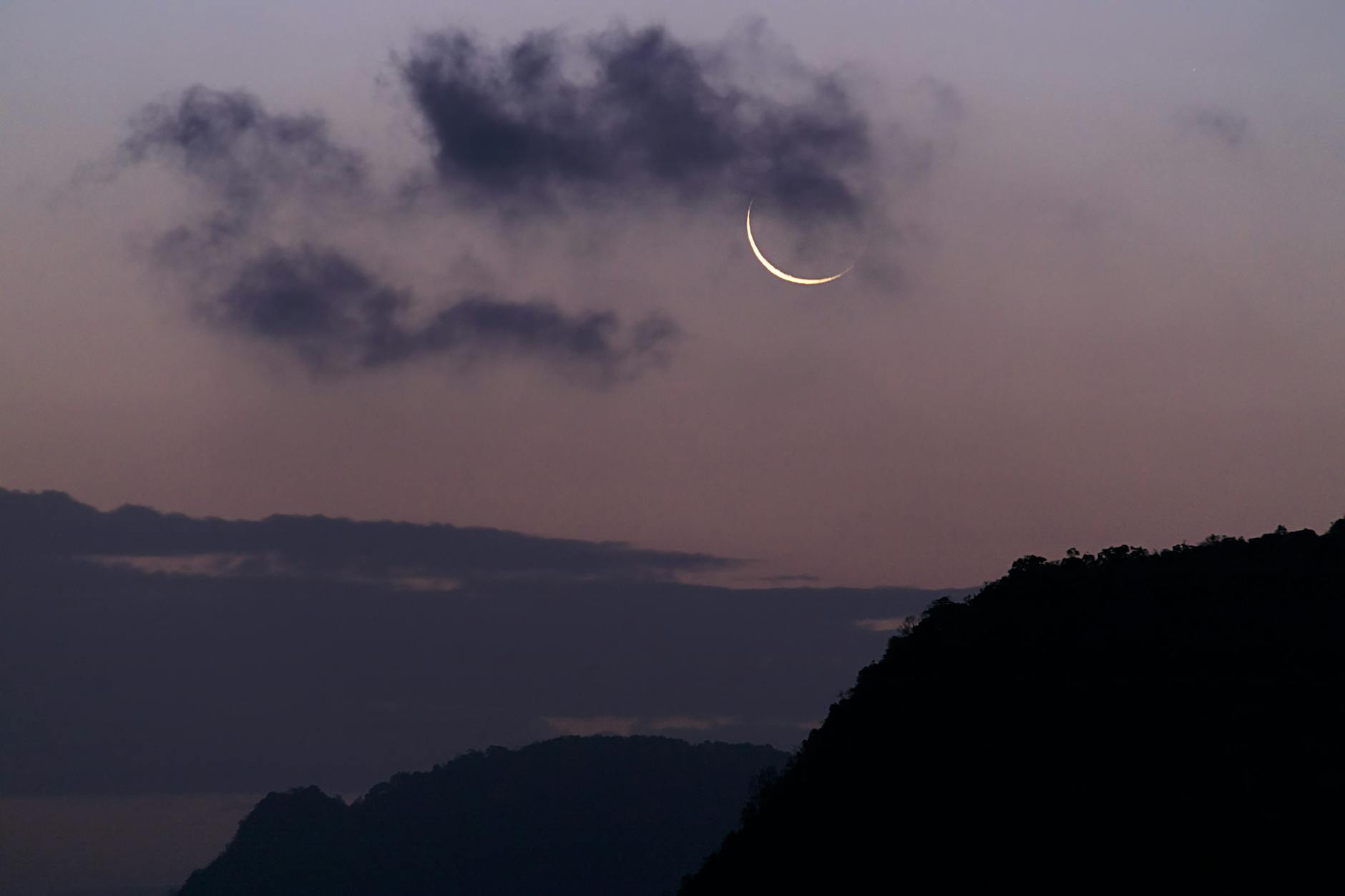Is Your Sunscreen Safe for Australia's Marine Life? Here's What You Need to Know

The Impact of Sunscreen on Marine Life
You know how it feels when you're pushing through a long jog along the Brisbane Riverwalk—feeling invigorated, alive, but also conscious of the environment around you. That's the kind of awareness we need when considering the impact of sunscreen on marine life. This isn't just about finding the right protection for your skin; it’s about safeguarding the vibrant ecosystems that thrive just below the ocean's surface. When you reach for reef safe sunscreen, you're choosing a product that contributes to preserving the delicate balance of marine environments.
Chemical Ingredients to Avoid
It's essential to be informed about what to avoid in your sunscreen. Chemicals like oxybenzone and octinoxate have been flagged for contributing to coral bleaching and disrupting marine ecosystems. It's like hitting your stride at Kangaroo Point Cliffs only to trip over, all because of something you could have avoided. So, when selecting sunscreen, check the labels meticulously so you steer clear of these harmful ingredients.
Effects on Coral Reefs
Sunscreens containing certain chemicals can cause significant damage to coral reefs, which are home to thousands of marine species. Think about the children visiting the South Bank Parklands for a fun day out. Wouldn't it be great if they could continue enjoying our ocean's wonders for generations to come? By switching to kids sunscreen that is safe for both the skin and sea, you’re playing your part in this global effort. Even small changes in our routines can lead to a healthier, more sustainable environment.
Choosing Reef-Safe Sunscreens
Selecting the right sunscreen isn't just about avoiding sunburn; it's also about safeguarding our precious marine ecosystems. As a Brisbane-based personal trainer, I often mention to my clients during workouts along the Brisbane Riverwalk that where we train is reflected in how we protect our environment. One vital tip is to search for reef-safe sunscreens that make the most of baby sunscreen and zinc oxide as their active ingredients. Zinc oxide provides excellent UV protection without harmful chemicals.
Another aspect to consider is the certification labels on your sunscreen packaging. Labels like "reef-safe" or "Oxybenzone-free" indicate that the product lacks ingredients harmful to marine life. These certifications have become vital in educating the public on making environmentally conscious choices. I always remind my clients to look for these markers to ensure their sun protection aligns with their environmental values.
Application is key, too. Opt for a generous, even layer of lotion over spray formulas, as they reduce the risk of ingredients entering water systems. When hitting outdoor training zones in South Bank Parklands, resist the urge for a quick spray; instead, apply thoughtfully to minimize run-off.
With these practices, you can enjoy the sunshine knowing you’re contributing to a sustainable future.
Challenges in Sunscreen Regulation
Lack of Global Standards
As someone deeply invested in preserving our environmental heritage, I know how crucial it is to maintain high standards, especially regarding products that interact directly with nature. Surprisingly, the world lacks a unified standard for sunscreen regulations, leading to varying levels of sun protection effectiveness and environmental safety. This inconsistency poses a challenge as sunscreen that protects users may not necessarily protect marine ecosystems. For instance, while some countries permit certain UV filters, others have banned them due to environmental concerns like coral bleaching.
Misinformation in Sunscreen Marketing
The battle against misinformation is one that resonates on multiple fronts, whether it's explaining marine life threats or deciphering sunscreen labels. Many products boast of being "reef-friendly" or "eco-safe," but without a regulatory body to define these terms, consumers are often led astray. Such claims can mislead environmentally-conscientious consumers into believing they're making an eco-friendly choice when they may still be using harmful ingredients.
Balancing Sun Protection and Environmental Safety
Finding the right balance between safeguarding our skin and protecting our oceans is an ongoing struggle. The introduction of zinc sunscreen offers a promising alternative, striking this delicate balance by providing effective sun protection without compromising marine life. On my early morning jogs along the Brisbane Riverwalk, I often ponder how we can better integrate environmentally-safe options into our lifestyles without sacrificing health or convenience. Let's continue to stay critical and informed, ensuring both our skin and the environment thrive.
Action Items for Consumers
Educate Yourself and Others
Understanding the products we use is crucial in protecting the environment. When it comes to sunscreen, opting for natural sunscreen can make a big difference. These products are typically free from harmful chemicals like oxybenzone and octinoxate, which are known to damage coral reefs. Delve into resources like environmental blogs and scientific journals, which often detail the benefits of using eco-friendly sun protection. Share this knowledge with friends and family to broaden the impact, much like the fitness enthusiasts at the Kangaroo Point Cliffs sharing workout tips.
Advocate for Policy Changes
Becoming an advocate for environmental policy change is another impactful step. Raise awareness about the need for better regulations on sunscreen ingredients and support initiatives that aim to reduce chemical pollution in our oceans. Signing petitions and attending local community meetings can amplify your voice. Imagine the collective dynamism in South Bank Parklands when groups rally together to support a cause—your efforts can have a similar effect on environmental preservation.
Support Eco-Conscious Brands
Choosing eco-conscious brands is a direct way to foster change. By purchasing from brands committed to sustainability, you contribute to a consumer-driven demand for responsible manufacturing. Research the brand’s transparency regarding product ingredients and their environmental impact. Personal experiences, like trying on new fitness gear along the Brisbane Riverwalk, can help you speak confidently about products in conversations or public seminars, thereby influencing others to make mindful choices.
Best Practices for Reef Conservation
Protecting the Great Barrier Reef
Alright crew, let's dive into protecting our beloved Great Barrier Reef, an absolute gem right in our backyard. This marvellous marine treasure near the Brisbane Riverwalk attracts adventurers from all over. To keep it thriving, ditch sunscreens with chemicals like oxybenzone. Choose those sporting reef-safe labels, so your sun protection won't leave coral gasping for breath. Slip on UPF-rated clothing for extra armour, just like layering up for a dawn run at Kangaroo Point Cliffs.
Promoting Responsible Tourism
When hitting Queensland's coral wonderlands, let's channel our inner eco-warrior, not just a tourist. Stick to designated paths and avoid trampling delicate coral structures. Tour operators prioritising conservation should be your go-to. If they're taking care of Nemo's home, they'll take good care of you too. Share your eco-positive experience on social media to inspire others, just like boasting your new PB after a run at South Bank Parklands.
Integrating Reef-Safe Habits into Daily Life
Every drop in the ocean counts, folks. Swap out single-use plastics for reusable alternatives, like a trusty water bottle on your morning jog. Use eco-friendly products daily—your choice can echo through the reef's vibrant ecosystem. Stay informed by checking updates on reef health or volunteer for local initiatives. Just like a consistent fitness routine leads to gains, small choices lead to big environmental impacts. Together, let's champion a thriving reef for future generations.


